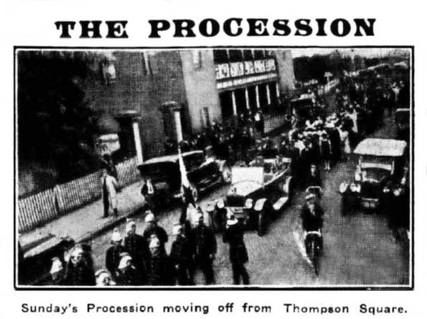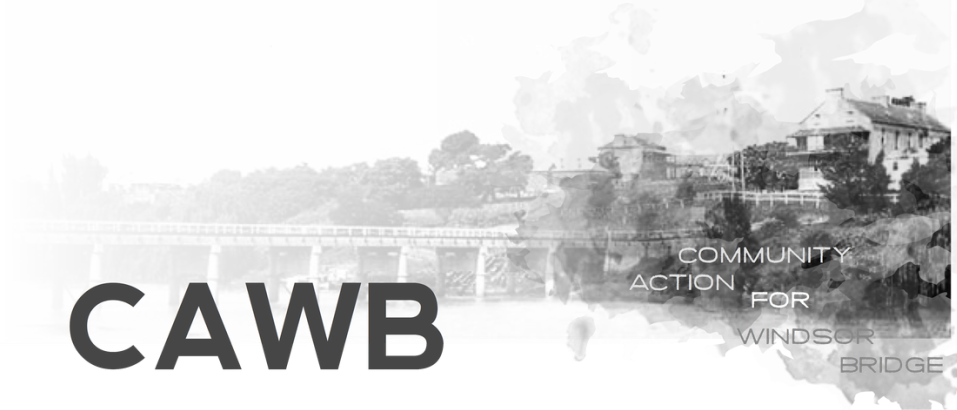
It is a glorious afternoon in Thompson Square on Empire Day, Sunday 24 May 1925. The Square is abuzz with activity. Horses and riders, motor vehicles, the local fire brigade, school children, the Salvation Army Band, various V.I.P.s ,local groups, interested on-lookers.....and men in uniform. They form themselves into an ordered procession. The Band is first in line for it will lead the proud entourage from Thompson Square, the honoured and historic centre of Windsor, to the eagerly awaited, newly constructed War Memorial at the entrance to McQuade Park.
When the head of the procession reaches the post office the tail of it is just leaving Thompson Square. It is an inspiring sight. The lines of returned soldiers march with a restrained proudness in their step....the memory of those who did not return heavy in their thoughts. The footpaths of George Street are thronged with people and hundreds more are gathered at the Memorial over which a large banner is flying bearing the words “ In Remembrance”.
Solemn speeches are delivered by the Mayor and General Sir Granville Ryrie who was also a veteran of the Boer War. The General says it would be a terrible thing if the people ever forgot the men who went when the Empire called.
Several wreaths are placed on the Memorial by loving relatives of deceased soldiers. A large wreath hangs from the arch worked round a hooped piece of calico with the words “The Citizens’ Tribute”.


